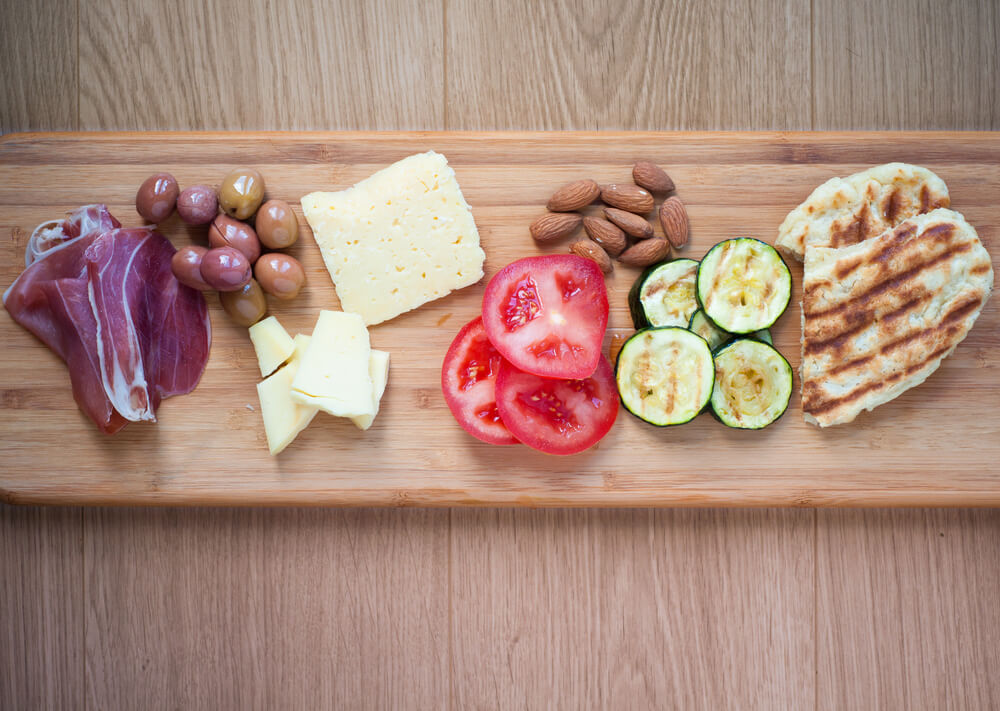
Food is not just fuel. These 10 food combinations prove that. Heal your body with these food combos. All you need to do is mix it up. Enjoy!
Experts agree that good nutrition results from strategic combos of healthy foods. When paired, these foods come together to maximize health and promote your easy weight loss plan. While there are some foods that can interfere with each other by blocking the absorption of respective nutrients, others work synergistically to create nutrient powerhouses. Try the following pairings to get the most out of your next meal. Enjoy!
10 Food Combinations For Great Health…
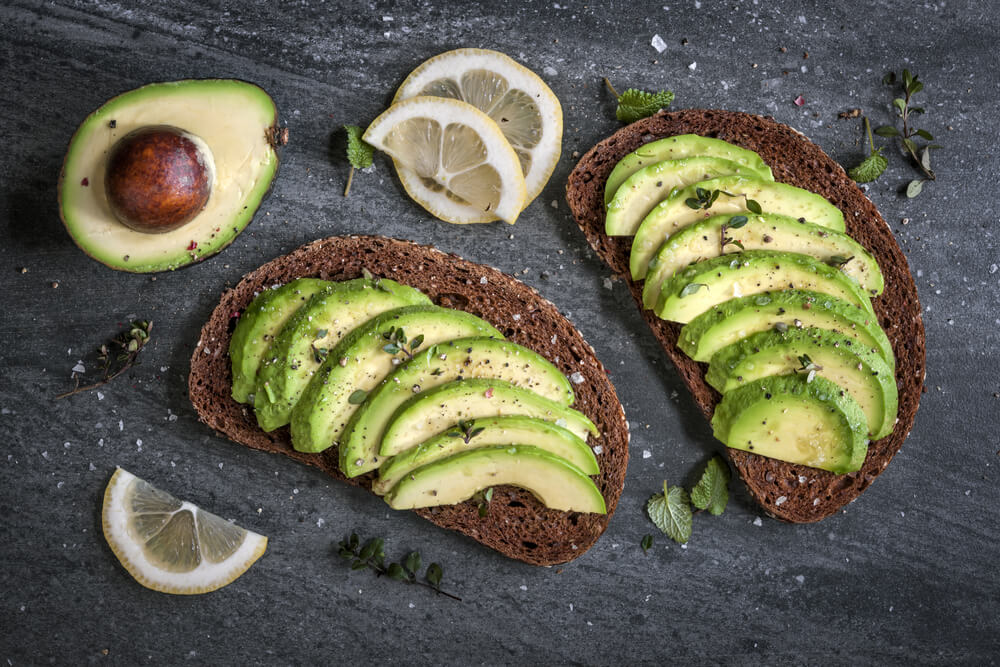
#1 Avocado and Tomatoes
Avocados and tomatoes are both considered nutrient powerhouses. But, once combined, their health benefits can be seen to vastly increase.
Apart from being sweet and delicious, tomatoes are full of calcium and antioxidants. That helps to keep bones strong while also fighting everything from fine lines to some types of cancer. The high lycopene content in tomatoes not only lends them their trademark red color. It also protects skin from harmful, cancer-causing UV rays. A study conducted by Purdue University showed that carotenoids, such as lycopene, can’t be absorbed and used by the body in the absence of fat.
They also can assist in the absorption of nutrients found in other foods. An Ohio State University study showed that eating avocados and tomatoes together could increase lycopene absorption up to four times. It can also boost beta-carotene (another carotenoid found in tomatoes that make skin healthy and soft) absorption up to three times. Bring on the salsa and guacamole!

#2 Green Tea and Lemon
Forget coffee. Replace it with tea. Better yet, green tea. Drink it with a squeeze of lemon to up the ante on this beverage’s antioxidant powers. Catechins, the naturally occurring antioxidants found in green tea, are a type of flavonoid. These help to lower high blood pressure and cut the risk of cardiovascular disease. The vitamin C found in lemons helps to slow the digestive breakdown of catechin in the GI tract. This allows the body ample time to absorb the powerful phytonutrient.
According to a study by Purdue University, catechins thrive in an acidic environment, as opposed to an alkaline one. As catechins move along the digestive tract (from the naturally acidic environment of the stomach to the relatively alkaline one of the small intestines) the likelihood that they’ll be absorbed into the bloodstream from the intestinal lining drops. However, the vitamin C found in lemons helps to slow this process down. This allows six times the amount of catechins to be absorbed by the body.
Vitamin C also counteracts the tendency of green tea to limit iron absorption by binding with the mineral to form a more easily absorbable compound.
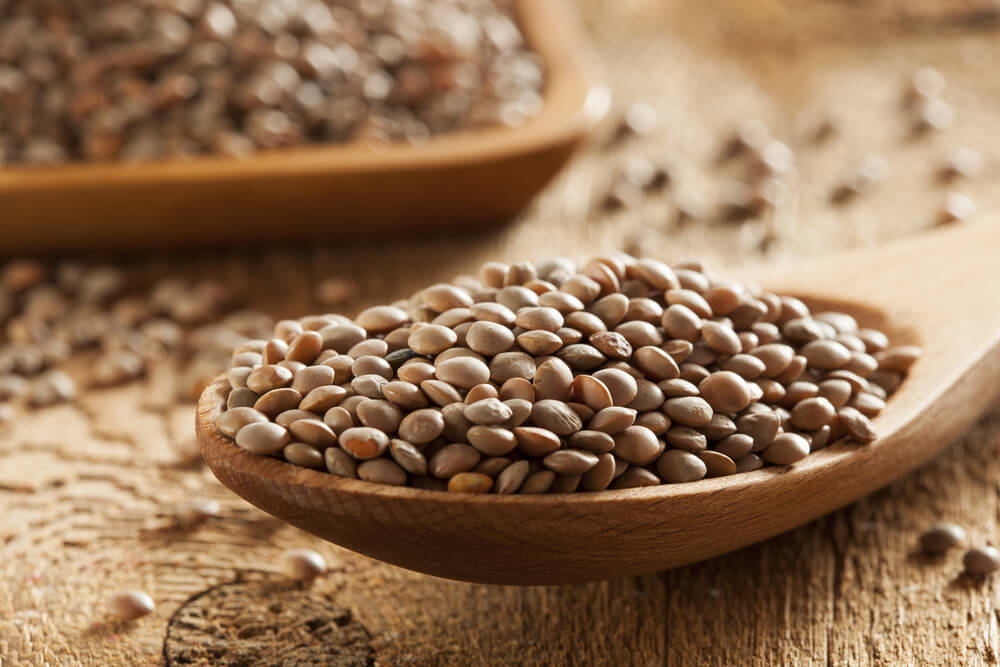
#3 Barley and Lentils
The combo of a whole grain such as barley with a legume like lentils not only forms a complete protein (ideal for those on a vegetarian or vegan diet). It can also aid in the prevention of cardiovascular disease.
Barley is a fiber-rich food. It helps to maintain an optimal water balance in the body, support healthy blood pressure and manage weight loss by keeping you feeling fuller, longer. Lentils have plant sterols, also known as phytosterols. They are found naturally occurring in plant foods such as some fruits, seeds, nuts and veggies. These plant sterols have been shown to raise HDL (good cholesterol) levels and lower LDL (bad cholesterol) levels.
A study published in the American Journal of Clinical Nutrition found that a combo diet of plant sterols and psyllium (a bulk fiber laxative) produced a “less atherogenic lipoprotein profile.” This indicates a lowered risk of hardened arteries and an overall improvement of cardiovascular health.
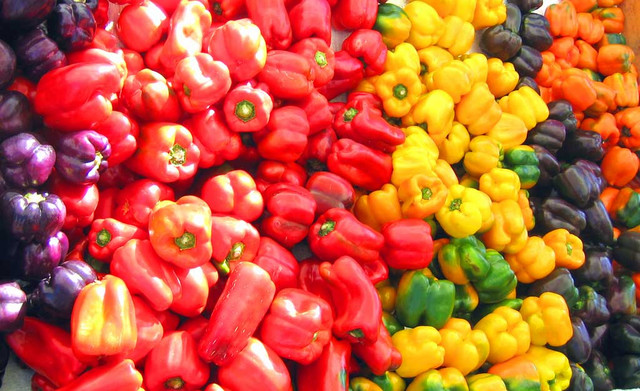
#4 Black Beans and Red Bell Pepper
Black beans are a great source of iron, especially for those on a diet that restricts animal products like egan for weight loss. Iron is essential for transporting oxygen throughout your body, as well as in forming antioxidants. Unfortunately, the type of iron found in black beans is of the non-heme variety. This type of iron occurs naturally in plants and is not as readily absorbed by the body as the heme variety found in meat products.
According to the Office of Dietary Supplements, the body absorbs only 2 to 20% of non-heme iron. That’s in contrast to 15 to 35% of heme iron. An added hurdle in the absorption of non-heme iron is that it is highly impacted by the presence of other nutrients.
However, vitamin C is one nutrient that helps to assist in the absorption of non-heme iron. The vitamin C found in red bell peppers can boost your body’s absorption of non-heme iron up to six times by combining with the mineral to form a more absorbable compound. Try making a black bean and sautéed red bell pepper burrito for your next dinner. Tasty and healthy!

#5 Brown Rice and Onion
Whole grains such as brown rice are undeniably healthy. They’re full of slow-burning carbs. These carbs give your body sustainable energy, are teeming with fiber for a healthy heart and are rich in minerals such as iron and zinc. But, these minerals have low bioavailability when found in whole grains. That means they are metabolized at a faster rate than your body absorbs them.
According to the Journal of Agricultural and Food Chemistry, sulfur-rich foods such as onions, garlic and shallots help to enhance the bioavailability of iron and zinc found in whole grains. In fact, eating these pungent foods along with your heart healthy grains can boost iron uptake by to 70% and zinc uptake by up to as much as 160%!
While the whole grain phytonutrient known as phytic acid, or phytate, works to inhibit mineral absorption, the sulfur-containing amino acid cysteine found in onions, garlic and shallots has been shown to boost iron and zinc absorption in lab animals. Add some sautéed onions or crispy shallots to your next serving of brown rice for a nutrient upgrade.

#6 Salmon and Collard Greens
Don’t like fish?
Change. Salmon is one type of fatty fish that serves as an excellent source of vitamin D. For those living in colder climates, obtaining good amounts vitamin D is often a challenge. That’s the pitfall of reduced sun exposure.
Consuming an adequate amount of vitamin D is needed for healthy brain function and mood regulation. It’s also for required for optimal calcium absorption in the small intestine. The vitamin D found in salmon works as a hormone to help absorb calcium from collard greens in the GI tract. It also helps maintain healthy blood calcium levels.
They also help in the prevention of disease such as breast cancer in women. Spruce up fish Friday and get the fish oil benefits! Try seared salmon fillets with sautéed collard greens. You could even try your hand at making a collard green wrap stuffed with salmon salad to maximize the benefits of these two essential nutrients.
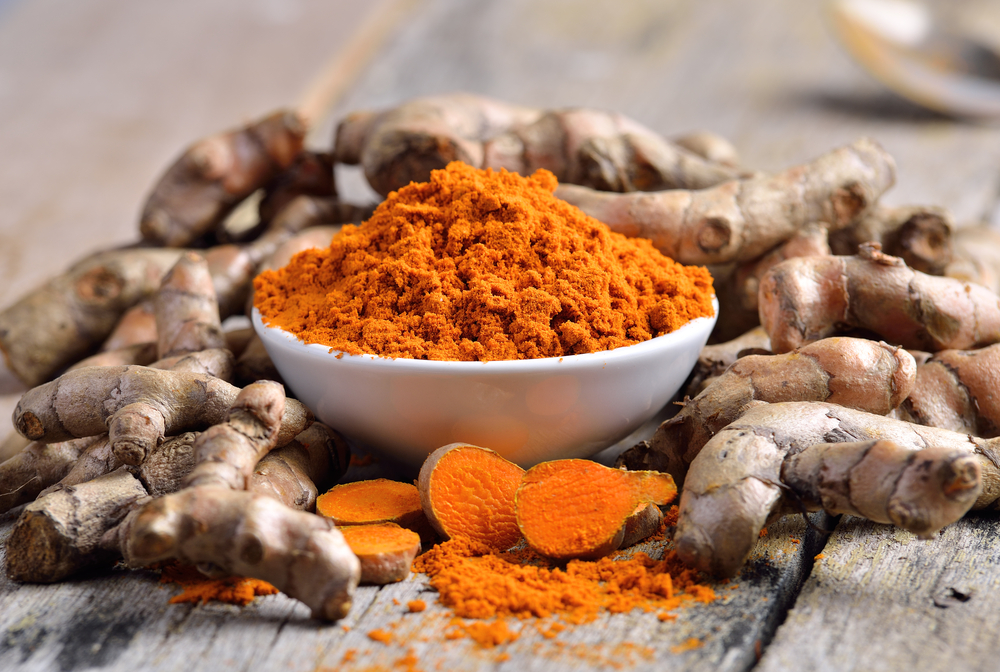
#7 Turmeric and Black Pepper
Who knew two spices could form a cancer-fighting dream team? Piperine, the main alkaloid found in black pepper, has the effect of turning marginally effective nutritional substances into powerhouses of health benefits. It does this by prolonging the residence of a nutrient inside a cell, as well as by boosting its bioavailability.
Piperine helps to increase the health-enhancing powers of is turmeric. Curcumin is the main active ingredient in turmeric. It has anti-inflammatory, antibacterial and antiseptic agents that help the body defend against disease and combat infection. Piperine helps to boost the bioavailability of curcumin by up to 1,000 times. It does so by stimulating amino acid transporters in the small intestine, inhibiting enzymes that metabolize nutritional agents and decreasing intestinal activity to allow more curcumin to enter the body in its active form.
Working jointly, piperine and curcumin help to fight inflammation and defend the body against cancer-causing agents. They are easily blended together to create a spice mix. This mix can be used on chicken, fish or veggies. It can also be mixed with water, lemon and honey to create a tonic for optimal health. Spice up your day!
#8 Red Cabbage and Olive Oil
Cabbage is hardly a favorite. If you don’t already include red cabbage into your diet, now is a good time to start. Red cabbage is high in vitamin K. One cup offers over half of your daily-recommended intake. Vitamin K helps keep bones strong and healthy. It’s also known as the clotting vitamin.
Intestinal bacteria produce some vitamin K internally. Unfortunately, a deficiency can lead to excessive nose bleeding, heavy menstruation, bruises and even anemia. According to John W. Suttie, author of Vitamin K in Health and Disease, low levels of vitamin K can also lead to atherosclerosis or hardening of the arteries.
Like vitamins A, D and E, vitamin K is a fat-soluble vitamin. It can only be incorporated into the body in the presence of small amounts of dietary fat. The monounsaturated fats in olive oil work synergistically with the vitamin K in red cabbage in helping to lower the risk of heart disease while also helping to absorb the vitamin into the bloodstream. Saute some red cabbage in olive oil for a healthy side dish. You could also make a crunchy slaw to include it in a wrap.
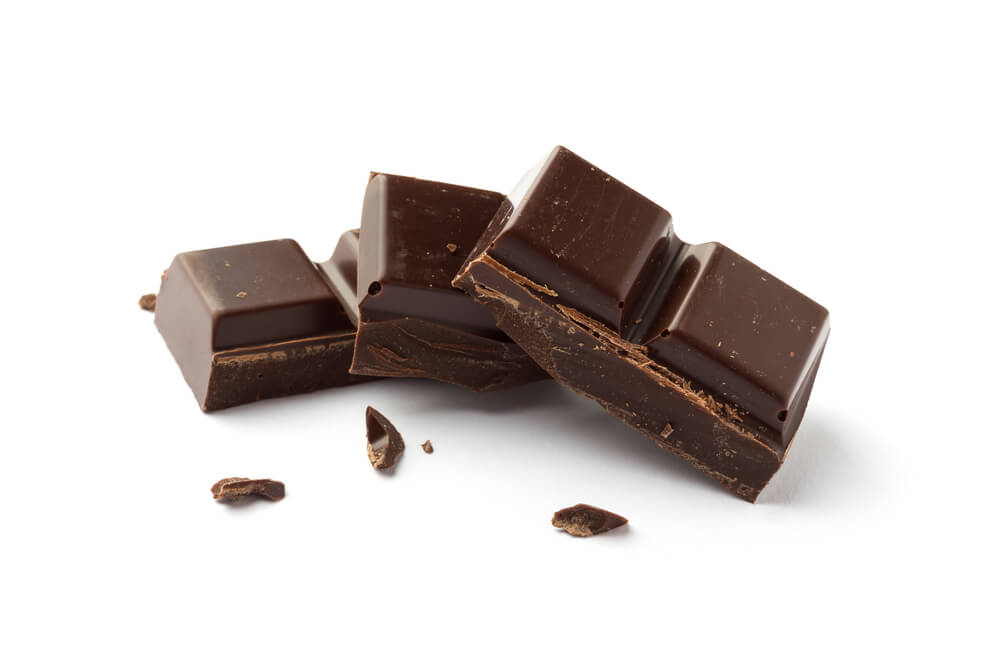
#9 Dark Chocolate and Apples
Want a sweet and pleasing combo?
This is it. What’s the best news?
It has health benefits. Apple skins, chiefly those from apples that have a deep, red color, have the flavonoid quercetin. That’s an anti-inflammatory that helps fight disease. Cocoa is naturally rich in catechins (like those found in green tea). This helps to prevent hardening of the arteries and thus promote heart health.
When paired, apples and chocolate provide the nutrients needed to break up blood clots, reduce the risk of cardiovascular disease and improve circulation. Quercetin and catechins are both considered flavonoids. According to the American Journal of Clinical Nutrition, this inhibits platelet function through antioxidant activity. Platelets are the components of blood responsible for creating blood clots.
When the powers of the two flavonoids are combined, unbeneficial platelet adhesion is almost completely suppressed. Enjoy apples and dark chocolate together as a snack to promote a healthy heart and circulation. Tasty!
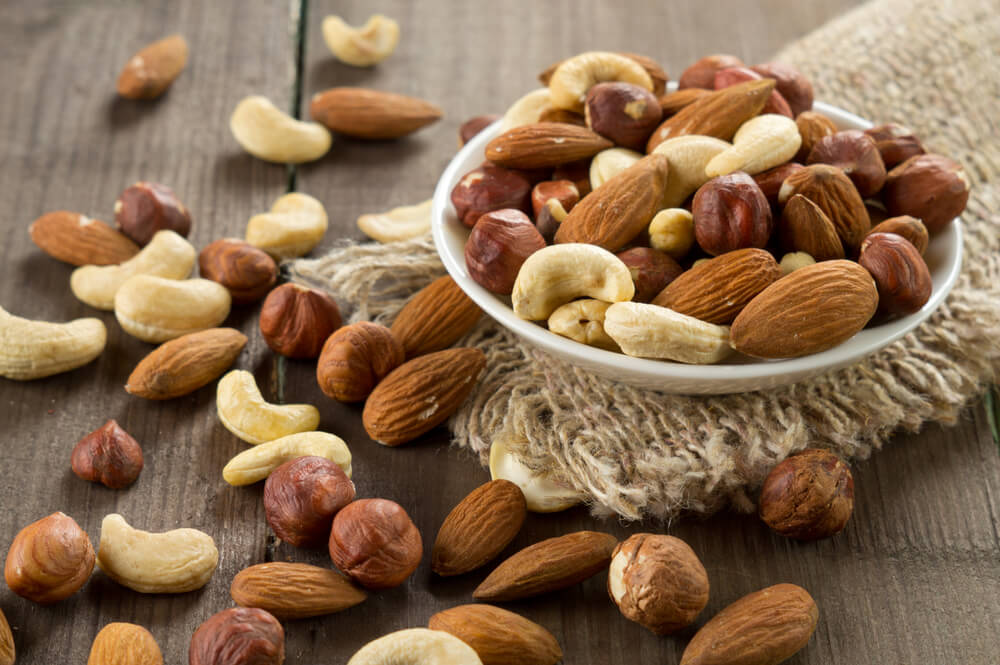
#10 Kale and Almonds
Passing on kale?
What about almonds?
Similar to red cabbage, kale is an excellent source of vitamin K. It is also a great source of vitamin E, another fat-soluble vitamin. Vitamin E is a powerful antioxidant. It promotes healthy skin, hair and nails, and also contributes to strong cardiovascular health.
Because the vitamin E in kale is best absorbed into the body in the presence of some dietary fat, eating a kale salad with some almonds is a good way to ensure that you’re reaping the total nutritional benefits of this cruciferous veggie. Healthy fats found in veggies such as avocados, as well as in nuts and seeds are essential for proper nutrient absorption, especially in regards to the fat-soluble vitamins A, D, E, and K.
According to the American Journal of Clinical Nutrition, people who use fat-free salad dressing and don’t add nuts or seeds to their salad absorb far less phytonutrients and vitamins from their salads than those who do. In fact, eating just 5 to 10 nuts will aid in the absorption and transport of nutrients from your greens. Top your next kale salad with slivered almonds to unlock the nutritious potential of vitamin E.
Conclusion
There are superfoods and then there are super-pairs. As you can see, many foods have nutritious benefits to make our bodies happier and healthier. All they need is a little help from an added ingredient to make their powers shine.
By Lillian Dumont
Latest posts by Terry M (see all)
- Garage Gyms - Aug 1, 2018
- Kettlebells – Why They Should Be Added To Your Routine. - Jul 24, 2018
- Weight Belts: What Are They Really For? - May 31, 2018











[…] GYM JUNKIES. 2016. 10 Food Combinations For Great Health. [ONLINE] Available at: http://gymjunkiesmain.wpengine.com/10-food-combinations-for-great-health. [Accessed 19 February […]